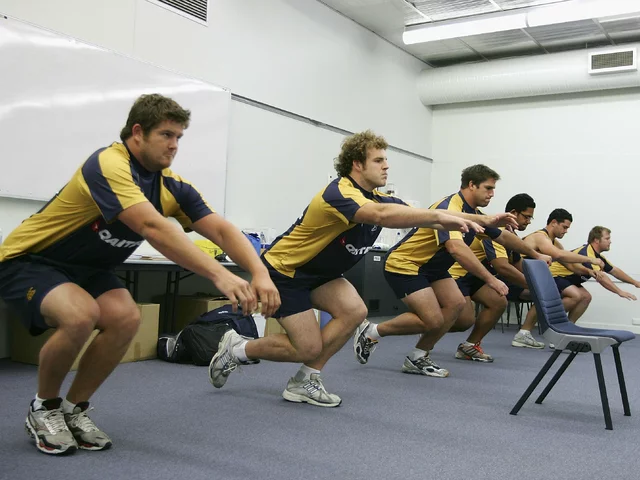Average in Rugby – What It Means and Why It Helps You Get the Game
Ever wondered why commentators keep talking about the "average" when they break down a match? It’s not just a boring number – it’s a shortcut that tells you how a team or player is really performing. In this article we’ll unpack the most common rugby averages, show you how they’re calculated, and explain why they matter to fans, coaches, and even casual players.
Key Averages You’ll Hear on Match Day
The first thing you’ll notice on a score sheet is the average points per game. This is simply the total points a team has scored divided by the number of games they’ve played. If the Springboks have racked up 240 points over 8 matches, their average points per game sits at 30. A high average usually signals a strong attacking side, while a low one hints at a defensive focus.
Next up is the average tries per match. Tries are the marquee play in rugby, so tracking how often a team scores them gives you a quick read on their ability to break the line. You calculate it the same way – total tries ÷ games played. Want to compare clubs? Look at how many tries each side averages over the same period; the difference tells you who’s more likely to put the ball over the line.
Another useful figure is the average possession time. Coaches love this because it shows how well a team can hold onto the ball. It’s measured in minutes and seconds and is often presented as a percentage of total game time. A team with 60% possession on average is usually in control, but you’ll also hear about “effective possession” – quality of the ball when you have it, not just the length.
Player‑Focused Averages – What They Reveal
When you zoom in on individual players, averages become even more telling. Think about average meters gained per carry. If a winger consistently makes 8‑meter runs, that average shows they’re consistently breaking the defensive line. On the other hand, a forward with a low average might be doing the heavy work in scrums rather than making big breaks.
Another common metric is the average tackle success rate. It’s the number of successful tackles divided by total attempts. A 90% success rate is elite and tells you that player is a defensive anchor. For fans watching a game, knowing a player’s tackle average can explain why they seem unstoppable on the field.
Don’t forget the average discipline points, which tracks penalties, yellow cards, and red cards per game. A high average here can kill a team’s momentum, especially if they keep giving away penalties at the scrum.
All these averages add up to a bigger picture. By looking at them side‑by‑side you can spot trends – maybe a team’s average points are climbing while their average possession is dropping, suggesting they’re becoming more efficient at converting short possession into scores.
For casual fans, keeping tabs on a few key averages – points per game, tries per match, and tackle success – offers a quick way to understand who’s dominant without watching every play. For coaches, deeper averages like meters per carry and discipline points drive training focus and game‑day tactics.
So next time you hear a commentator say “the Bulldogs are averaging 22 points per game this season,” you’ll know exactly what that means and why it matters. It’s not just a number on a screen; it’s a snapshot of performance, potential, and sometimes, the story behind a win or loss.
The average height of an American rugby player is 6'2". This is slightly taller than the average American male, which is 5'9". The average weight of an American rugby player is 208 lbs. However, the height and weight of a player will vary depending on their position. For example, forwards tend to be taller and heavier than backs. On average, a forward is 6'5" and 230 lbs, while a back is slightly shorter and lighter. In general, the taller and heavier a player is, the more effective they will be at the game.
READ MORE





